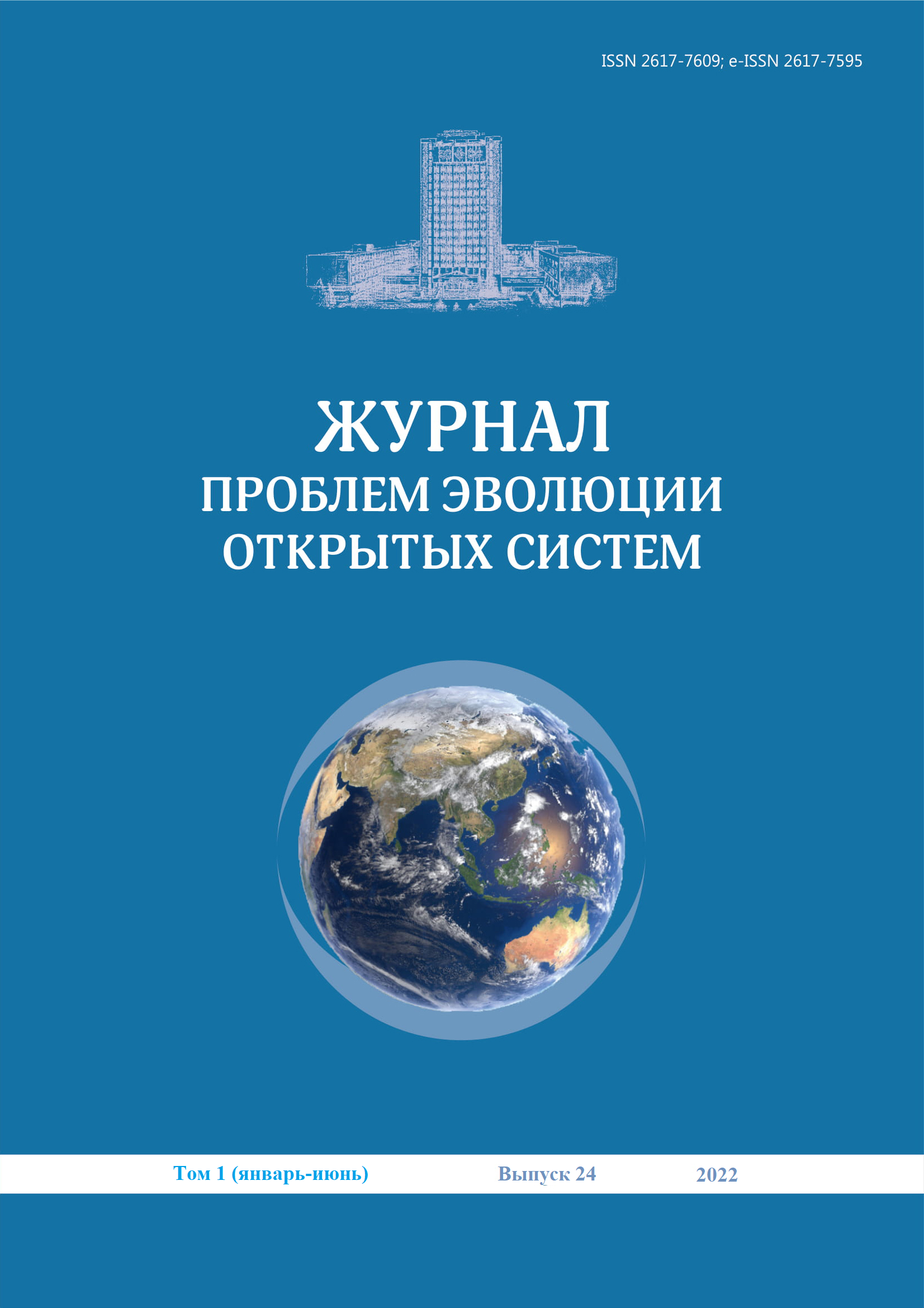Optimization of technological modes of heterogeneous systems at high turbulence
DOI:
https://doi.org/10.26577/JPEOS.2022.v24.i1.i2Abstract
The phenomena of convective heat and mass transfer in turbulent flows, taking into account chemical reactions, are widespread and play an important role in natural phenomena and in various industries. Knowledge of the regularities of such flows is important in the formation of the theory of combustion physics, the development of new physical and chemical technologies, and the solution of problems of thermal power engineering and ecology. In the course of the study, complex combustion processes have been analyzed from the point of view of dependence on the influence of many physical and chemical parameters of the combustion reaction. In the study of phenomena in multiphase systems, the development of the theory of the formation of liquid droplets at high turbulence is of greatest interest. In this paper, the processes of atomization, ignition, and spatial distribution of droplets in heterogeneous two-phase flows have been studied by means of computer simulation methods. These studies were carried out on the basis of current environmental problems, including the problems of air pollution, consisting of harmful toxic metals, sulfuric, nitric acids, carbon oxides, and other harmful substances. The processes of dispersion and combustion of liquid fuels at high turbulence have been studied by using mathematical modeling methods based on the solution of partial differential equations and the optimal technological combustion mode taking into account the formation of carbon dioxide in the combustion chamber has been determined.







